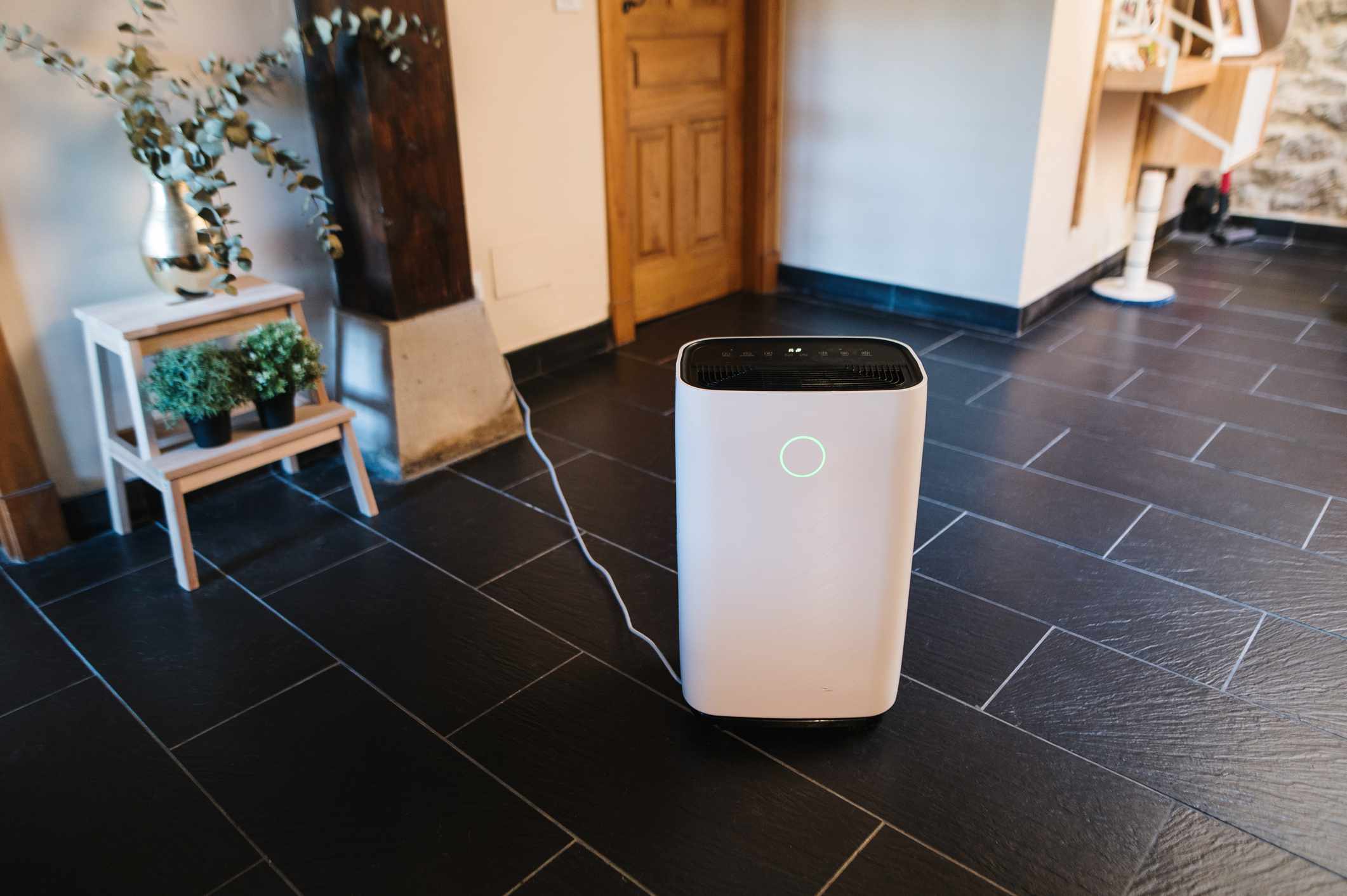

Articles
How Big Of A Dehumidifier Do I Need
Modified: March 20, 2024
Find out the ideal dehumidifier size for your space with our informative articles. Avoid excess moisture and enjoy a comfortable environment.
(Many of the links in this article redirect to a specific reviewed product. Your purchase of these products through affiliate links helps to generate commission for Storables.com, at no extra cost. Learn more)
Introduction
Dehumidifiers have become essential appliances in many homes and offices, especially in areas with high humidity levels. Excess humidity can lead to a host of problems, including mold growth, musty odors, and damage to furniture and electronics. Choosing the right dehumidifier for your space is crucial to effectively control humidity and maintain a comfortable living or working environment.
When it comes to selecting a dehumidifier, there are several factors to consider. The size of the room or area, humidity levels, temperature, insulation, and other sources of moisture all play a role in determining the appropriate dehumidifier capacity. By understanding these factors and calculating the correct size, you can ensure that your dehumidifier will efficiently remove excess moisture from the air.
In this article, we will delve into the key factors to consider when choosing a dehumidifier and provide a comprehensive guide to help you determine the right size for your specific needs.
Key Takeaways:
- Properly sizing a dehumidifier involves considering factors such as room size, humidity levels, temperature, insulation, and other sources of moisture to ensure optimal performance and efficient moisture control.
- Understanding the PPD rating of dehumidifiers is crucial for estimating moisture removal capacity, but it should be considered alongside other factors to make an accurate selection.
Read more: How Big Of A Shed Do I Need
Factors to Consider when Choosing a Dehumidifier
Before diving into the specifics of dehumidifier sizing, it’s important to understand the key factors that should be taken into account when selecting one. These factors will ensure that the dehumidifier you choose effectively and efficiently removes moisture from your space.
1. Size of the Room/Area: The square footage or volume of the room or area is one of the primary factors to consider. Dehumidifiers are typically labeled with their capacity in terms of square footage. It’s important to choose a dehumidifier that can handle the size of your space – a unit that’s too small won’t effectively remove moisture, while one that’s too big may waste energy.
2. Humidity Levels: Different regions and seasons have varying levels of humidity. In areas with high humidity, a more powerful dehumidifier may be needed to effectively remove moisture from the air. Conversely, in areas with moderate humidity, a smaller unit may suffice.
3. Temperature: The temperature of the room or area can impact the performance of a dehumidifier. Cold temperatures can reduce the dehumidifier’s efficiency and capacity. If you plan to use the dehumidifier in a cooler environment, make sure to choose a model that operates in lower temperatures.
4. Insulation and Air Leakage: The insulation and air leakage of the room or area can affect the amount of moisture that needs to be removed. Spaces with poor insulation or significant air leakage may require a more powerful dehumidifier to combat excess moisture effectively.
5. Other Sources of Moisture: Consider other sources of moisture in the room or area, such as a basement with water seepage or a bathroom with frequent use. These additional sources can increase the overall moisture load and may require a larger capacity dehumidifier.
By carefully considering these factors, you can narrow down your options and choose a dehumidifier that will effectively address the specific moisture issues in your space. In the next sections, we will delve into the calculations and guidelines for determining the appropriate dehumidifier capacity.
Size of the Room/Area
The size of the room or area is one of the most important factors to consider when selecting a dehumidifier. The capacity of a dehumidifier is typically measured in terms of square footage, so it is crucial to accurately assess the square footage of the space you want to dehumidify.
Measure the length and width of the room or area and multiply them to calculate the square footage. For example, if a room is 10 feet by 12 feet, the square footage would be 120 square feet. If the area you need to dehumidify consists of multiple rooms, you should measure and calculate the square footage for each individual room and then add them together. This will give you the total square footage for the entire area.
Keep in mind that the height of the room can also impact the size of the dehumidifier needed. If you have high ceilings, you may need a dehumidifier with a higher capacity to effectively remove moisture from the additional air volume. However, for standard room heights, you can generally rely on the square footage measurement.
Once you have determined the square footage, you can refer to the dehumidifier manufacturer’s sizing guidelines. These guidelines typically provide a recommended range of square footage for each dehumidifier model. For example, a manufacturer might indicate that their 50-pint dehumidifier is suitable for spaces up to 1,000 square feet.
It is important to note that these guidelines are just a starting point. Factors such as humidity levels, temperature, insulation, and other sources of moisture can influence the size of dehumidifier needed for optimal performance. Therefore, it is advisable to consider these additional factors when determining the appropriate dehumidifier capacity.
By accurately measuring the square footage of the room or area and considering the other factors discussed earlier, you can confidently choose a dehumidifier that is properly sized to remove excess moisture and maintain a comfortable environment in your space.
Humidity Levels
When selecting a dehumidifier, it is essential to consider the humidity levels in your area. Humidity refers to the amount of moisture present in the air, and it is typically measured as a percentage. High humidity can lead to discomfort, mold growth, and damage to your belongings. On the other hand, low humidity can cause dryness and respiratory issues.
Humidity levels can vary depending on the region you live in and the time of year. Coastal areas or regions with a tropical climate tend to have higher humidity levels throughout the year. On the other hand, drier climates or colder seasons may experience lower humidity levels.
It is crucial to assess the average humidity levels in your area to determine the right capacity for your dehumidifier. You can reference local weather reports or consult the nearest weather station to obtain this information. Additionally, some dehumidifiers come with built-in humidity sensors that provide real-time humidity readings.
As a general guideline, humidity levels between 30% and 50% are considered comfortable and healthy. If the average humidity in your area exceeds this range, you may need a more powerful dehumidifier. For example, if the humidity consistently reaches 70% or higher, you should consider a dehumidifier with a higher capacity to effectively reduce the moisture levels.
However, keep in mind that personal preferences also play a role. Some individuals may feel more comfortable with humidity levels closer to the drier end of the spectrum, around 30%. In such cases, a smaller capacity dehumidifier may be sufficient.
By understanding the average humidity levels in your area and considering your personal comfort preferences, you can choose a dehumidifier that is appropriate for maintaining the desired humidity levels and a comfortable living or working environment.
Temperature
The temperature of the room or area where you plan to use a dehumidifier is an important factor to consider. The performance and efficiency of dehumidifiers can be influenced by temperature, so it is crucial to select a dehumidifier that is compatible with your specific temperature requirements.
Most dehumidifiers are designed to operate within a certain temperature range. This range can vary depending on the model and manufacturer. Generally, dehumidifiers can effectively function in temperatures ranging from around 41°F (5°C) to 95°F (35°C).
If you plan to use a dehumidifier in a cooler environment, such as a basement or garage, make sure to choose a model that has a low-temperature operating range. Some dehumidifiers are specifically designed for colder environments and can continue to extract moisture efficiently even at lower temperatures.
In contrast, if you live in an area with consistently high temperatures, it’s important to select a dehumidifier that can handle the heat. Some dehumidifiers may have a maximum temperature limit beyond which their performance may be compromised or they may even shut down. Check the specifications of the dehumidifier before making a purchase to ensure it can handle the temperature conditions of your space.
In addition to the dehumidifier’s temperature range, keep in mind that the temperature can affect the relative humidity in the room. Cold air can hold less moisture than warm air, so as the air temperature drops, the relative humidity may increase. This can result in condensation and an increased need for dehumidification.
The temperature of the room also impacts the energy efficiency of the dehumidifier. In general, dehumidifiers consume more energy to remove moisture from colder air compared to warmer air. Therefore, if you plan to use the dehumidifier in a cooler environment, consider selecting an energy-efficient model to minimize energy consumption.
By considering the temperature range of the dehumidifier and the temperature conditions in your space, you can choose a dehumidifier that will operate effectively and efficiently, providing optimal moisture control regardless of the temperature fluctuations.
Read more: How Big Of A Garden Do I Need
Insulation and Air Leakage
The insulation and air leakage of the room or area where you plan to use a dehumidifier can greatly impact its effectiveness. A well-insulated space with minimal air leakage will require a different dehumidifier capacity compared to a poorly insulated or leaky space. Understanding the insulation and air leakage of your area is crucial in determining the appropriate dehumidifier size.
Insulation refers to the materials used to reduce heat transfer between the interior and exterior of a space. Good insulation helps maintain a stable temperature and reduces the exchange of moisture-laden air. Spaces with proper insulation tend to have lower humidity levels as they restrict the entry of moist air from outside.
If your space is well-insulated, you typically won’t need a dehumidifier with a higher capacity. The insulation will minimize the entry of humid air, reducing the overall moisture load on the dehumidifier. However, it is still essential to choose a dehumidifier that is appropriately sized based on the other factors mentioned earlier.
On the other hand, if the room or area has poor insulation or significant air leakage, a more powerful dehumidifier may be necessary. Inadequate insulation and air leaks can allow moist air to enter from outside, increasing the overall moisture level in the space. The dehumidifier will need to work harder to remove the excess moisture and maintain a comfortable humidity level.
It’s important to identify areas of air leakage, such as gaps around windows and doors, cracks in walls, or poorly sealed ductwork. Addressing these issues by sealing or insulating the areas can help improve the effectiveness of the dehumidifier and reduce the overall humidity in the space.
Keep in mind that a dehumidifier alone cannot solve severe air leakage or insulation problems. In such cases, it is advisable to consult a professional to address the underlying issues causing the moisture problem and take appropriate measures to improve insulation and reduce air leakage.
By assessing the insulation and air leakage of your room or area, you can determine the impact it will have on the dehumidifier’s performance. This will guide you in selecting a dehumidifier with the appropriate capacity to effectively combat excess moisture and maintain a comfortable environment.
When choosing a dehumidifier, consider the square footage of the area you want to dehumidify. A general rule of thumb is to get a dehumidifier that can handle the square footage of the space plus an additional 50-100 square feet to ensure optimal performance.
Other Sources of Moisture
When choosing a dehumidifier, it’s important to consider any other sources of moisture in the room or area that may contribute to excess humidity. These additional sources can impact the overall moisture load and affect the capacity of the dehumidifier needed to effectively control humidity levels.
Some common sources of moisture include:
1. Water Seepage: If you have a basement or a room with frequent water seepage issues, it’s essential to account for this additional source of moisture. Water seepage can introduce a significant amount of moisture into the air, resulting in higher humidity levels. In such cases, opting for a dehumidifier with a larger capacity may be necessary to effectively manage the excess moisture.
2. Water Usage: Certain rooms like bathrooms and kitchens experience higher humidity levels due to regular usage of water. Showers, baths, cooking, and dishwashing can all contribute to increased moisture in the air. If you plan to place a dehumidifier in such rooms, consider the frequency of water usage and select a dehumidifier with a size suitable to handle the added moisture.
3. Indoor Plants: Indoor plants release moisture through a process called transpiration. While plants offer numerous benefits, they can also add humidity to the air, particularly if you have many plants in a confined space. Assess the number and size of your indoor plants and take that into account when determining the appropriate dehumidifier capacity.
4. Clothes Drying: If you frequently dry laundry indoors, such as in a laundry room or a designated drying area, it’s important to consider the additional moisture being released into the air. Drying clothes indoors can significantly raise the humidity levels. To effectively control moisture in these situations, a dehumidifier with a higher capacity may be required.
By identifying and assessing these additional sources of moisture, you can determine the total moisture load in the room or area. This information will enable you to choose a dehumidifier with the appropriate capacity to effectively remove excess moisture from the air, maintaining a comfortable and healthy environment.
Calculating the Dehumidifier Capacity
Calculating the appropriate capacity or size of a dehumidifier involves considering several factors we have discussed so far. While manufacturer guidelines and recommendations can provide a general starting point, a more accurate approach involves calculating the dehumidifier capacity based on the specific conditions of your space.
One common measurement used to determine dehumidifier capacity is the Pints per Day (PPD) rating. The PPD rating indicates the number of pints of moisture the dehumidifier can remove from the air in a 24-hour period. To calculate the PPD rating needed for your space, follow these steps:
1. Determine the desired humidity level: Decide on the target relative humidity you want to maintain in your room or area. A comfortable range is typically between 30% and 50% relative humidity.
2. Measure the square footage: Determine the square footage of the room or area where you will be using the dehumidifier. Consider separating multiple rooms and calculate the square footage for each room individually.
3. Consider the other factors we’ve discussed: Take into account factors such as humidity levels, temperature, insulation, air leakage, and other sources of moisture that may impact the dehumidification needs of your space.
4. Use a sizing chart or formula: Many dehumidifier manufacturers provide sizing charts or formulas to estimate the appropriate PPD rating based on square footage and other factors. These charts can be a useful tool in determining the capacity needed. However, remember that they are general guidelines and may not account for all specific conditions of your space. It’s always beneficial to perform additional calculations considering the unique characteristics of your area.
5. Seek professional advice if needed: If you have complex or specific requirements, such as unusually high moisture levels or unique environmental conditions, it may be beneficial to consult a professional, such as an HVAC technician or a dehumidifier specialist. They can perform a thorough assessment and provide a more precise recommendation based on your specific needs.
By taking these steps and considering the factors that influence dehumidifier sizing, you can calculate a more accurate PPD rating needed for your space. This will help ensure that the dehumidifier you select is capable of effectively removing excess moisture and maintaining a comfortable humidity level.
Understanding Pints per Day (PPD) Rating
When shopping for dehumidifiers, you’ll often come across a metric called Pints per Day (PPD) rating. Understanding what this rating means is crucial in determining the appropriate dehumidifier capacity for your space.
The PPD rating indicates the number of pints of moisture a dehumidifier can remove from the air in a 24-hour period. It serves as a measure of the dehumidifier’s efficiency and capacity to control humidity levels. The higher the PPD rating, the more moisture the dehumidifier can extract from the air.
For example, a dehumidifier with a PPD rating of 50 means that it can remove up to 50 pints of moisture from the air over a 24-hour period. Similarly, a unit with a PPD rating of 70 can remove up to 70 pints of moisture within the same timeframe.
When selecting a dehumidifier, it’s important to match the PPD rating to your specific needs. A small room with low humidity levels may only require a dehumidifier with a lower PPD rating, while a large area or a space with high moisture levels may necessitate a dehumidifier with a higher PPD rating.
However, it’s worth noting that the PPD rating alone isn’t the sole determining factor. Factors like room size, humidity levels, temperature, insulation, air leakage, and additional sources of moisture must also be considered to ensure an accurate selection.
Keep in mind that the PPD rating provided by the manufacturer is typically based on ideal conditions, such as a specific room size and relative humidity level. Real-world conditions may vary, so it’s essential to consider additional factors and make adjustments accordingly.
To calculate the appropriate PPD rating for your space, refer to the previous section on calculating dehumidifier capacity. By considering factors like room size, humidity levels, and other variables, you can estimate the PPD rating required to effectively control moisture levels and maintain a comfortable environment.
Understanding the PPD rating of dehumidifiers allows you to make an informed decision when selecting a unit that is capable of efficiently removing excess moisture from the air. This will ensure a healthy and comfortable living or working environment.
Read more: How Big Of An AC Unit Do I Need
Sizing Chart for Dehumidifiers
While calculating the appropriate dehumidifier capacity for your space is essential, using a sizing chart can provide a quick and convenient way to estimate the suitable size based on square footage alone. Keep in mind that these charts are general guidelines and may not account for all the specific conditions of your space. Nevertheless, they can be a helpful starting point in selecting the right dehumidifier for your needs.
Here’s a sample sizing chart for dehumidifiers based on square footage:
| Room/Area Size (Square Footage) | Dehumidifier Capacity (PPD Rating) |
|---|---|
| Up to 500 sq ft | 25-30 PPD |
| 500-1500 sq ft | 30-50 PPD |
| 1500-3000 sq ft | 50-70 PPD |
| Above 3000 sq ft | 70 or more PPD |
When using a sizing chart, consider other factors we have discussed in previous sections, such as humidity levels, temperature, insulation, air leakage, and other sources of moisture. Adjust the dehumidifier capacity accordingly to ensure effective moisture control in your space.
It’s important to note that dehumidifiers with higher PPD ratings may be more suitable for spaces with higher humidity levels or areas prone to more significant moisture issues, such as basements, laundry rooms, or bathrooms. Conversely, spaces with lower humidity levels or smaller rooms may require dehumidifiers with lower PPD ratings.
While the sizing chart provides a general guide, it’s always beneficial to consider the unique conditions of your space. If you have complex requirements or are unsure about the appropriate dehumidifier size, consulting a professional can provide additional guidance and ensure an accurate selection.
By referencing a sizing chart and considering the specific conditions of your space, you can confidently choose a dehumidifier that matches your square footage and other relevant factors, providing optimal moisture control and maintaining a comfortable environment.
Conclusion
Choosing the right dehumidifier for your space is essential for effectively controlling humidity levels and creating a comfortable living or working environment. By considering various factors such as the size of the room, humidity levels, temperature, insulation, air leakage, and other sources of moisture, you can determine the appropriate dehumidifier capacity.
Measuring the square footage of the room or area is a crucial step in selecting a dehumidifier. This measurement will help you refer to manufacturer guidelines and sizing charts to get a general idea of the capacity needed based on square footage alone. However, it’s important to remember that these guidelines are not exhaustive and should be adjusted based on the specific conditions of your space.
Other factors such as humidity levels, temperature, insulation, air leakage, and additional sources of moisture should also be considered. These factors can influence the overall moisture load, impacting the dehumidifier capacity required for optimal performance.
Understanding the PPD rating of dehumidifiers can provide a quick reference point for estimating the moisture removal capacity of a unit. The PPD rating represents the number of pints of moisture a dehumidifier can remove from the air in a 24-hour period. Consider the PPD rating alongside the other factors to ensure an accurate selection.
While sizing charts and guidelines can aid in selecting the appropriate dehumidifier capacity, it’s advisable to consult a professional if you have complex requirements or unique circumstances. They can provide personalized recommendations based on a thorough assessment of your specific needs.
In conclusion, by carefully considering the factors discussed in this article, you can confidently choose a dehumidifier that matches the requirements of your space. This will ensure effective moisture control, prevent mold growth, minimize musty odors, and preserve the integrity of your belongings. A properly sized dehumidifier will create a healthier and more comfortable environment, promoting overall well-being and peace of mind.
Frequently Asked Questions about How Big Of A Dehumidifier Do I Need
Was this page helpful?
At Storables.com, we guarantee accurate and reliable information. Our content, validated by Expert Board Contributors, is crafted following stringent Editorial Policies. We're committed to providing you with well-researched, expert-backed insights for all your informational needs.
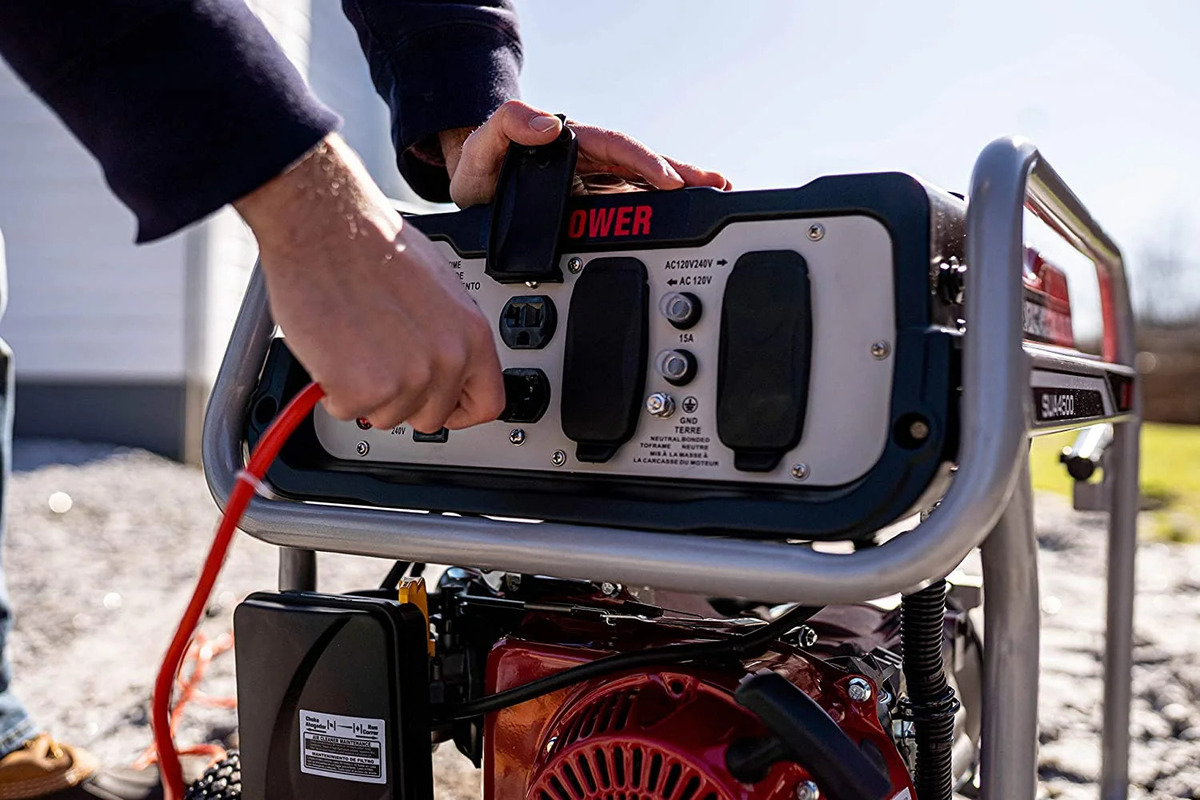
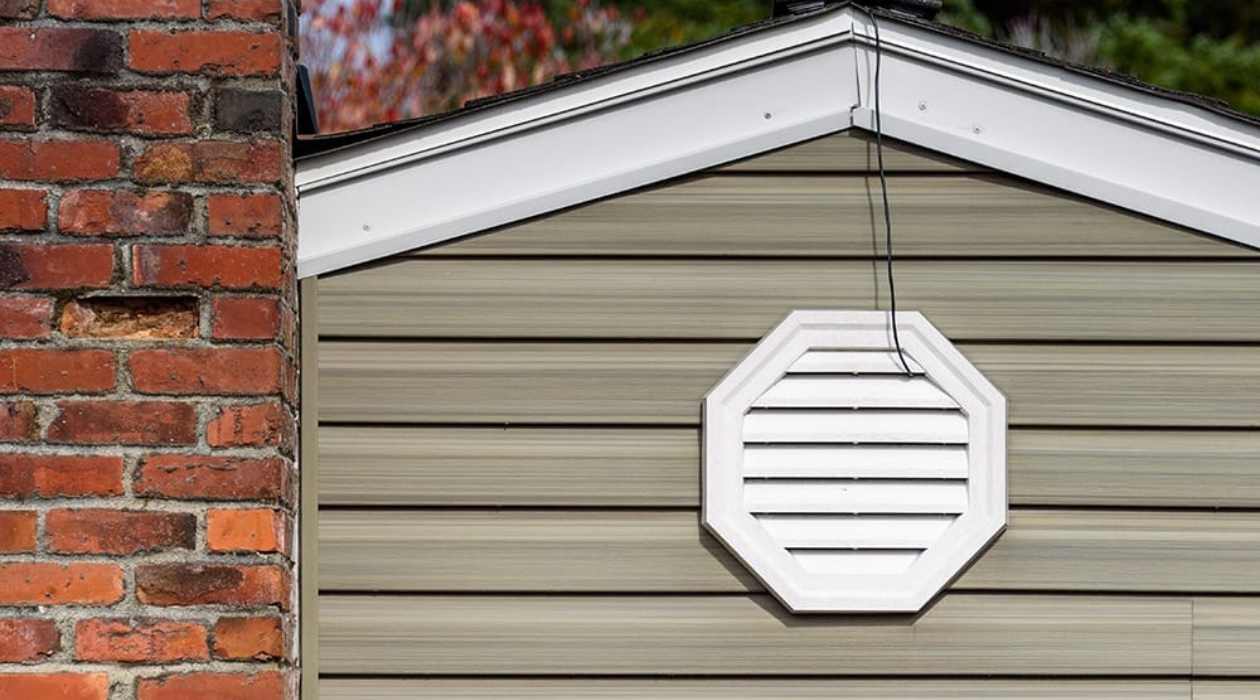
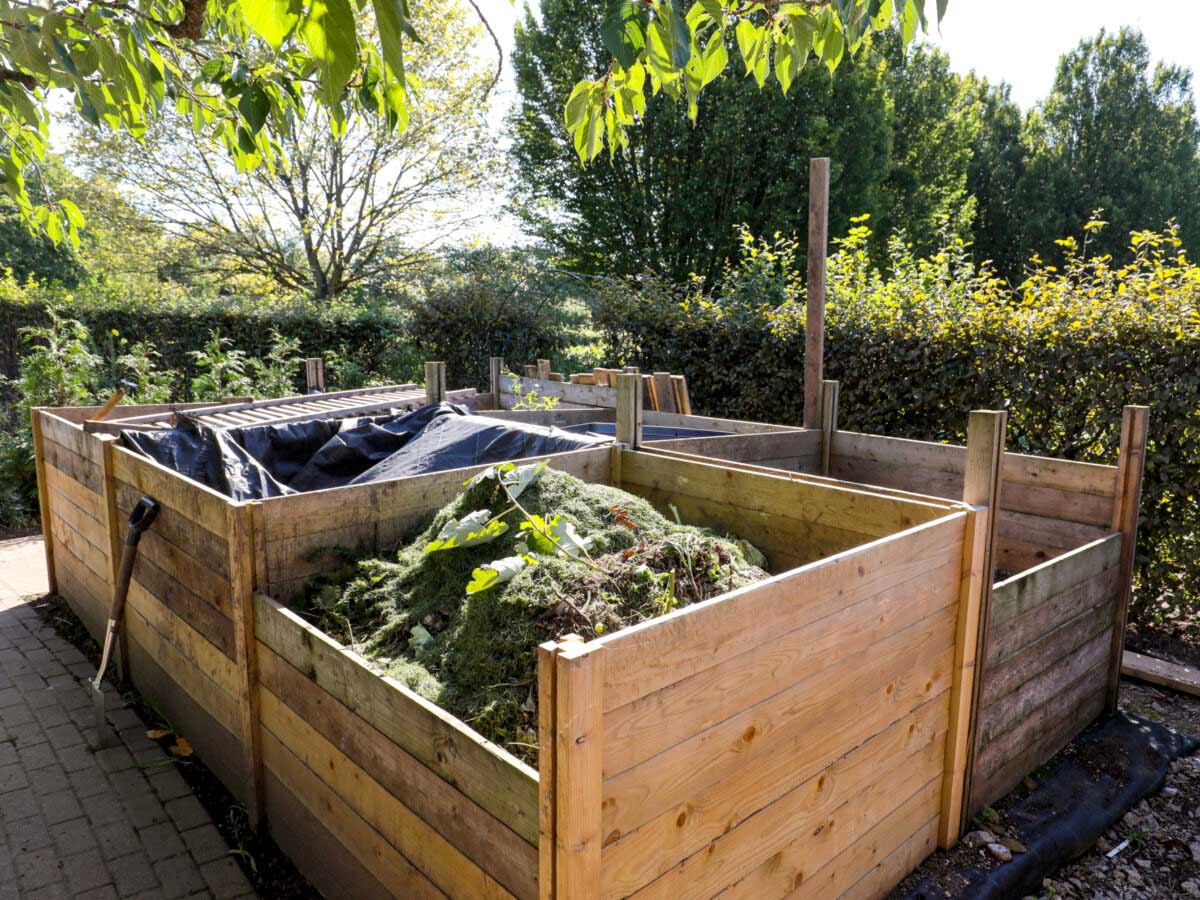
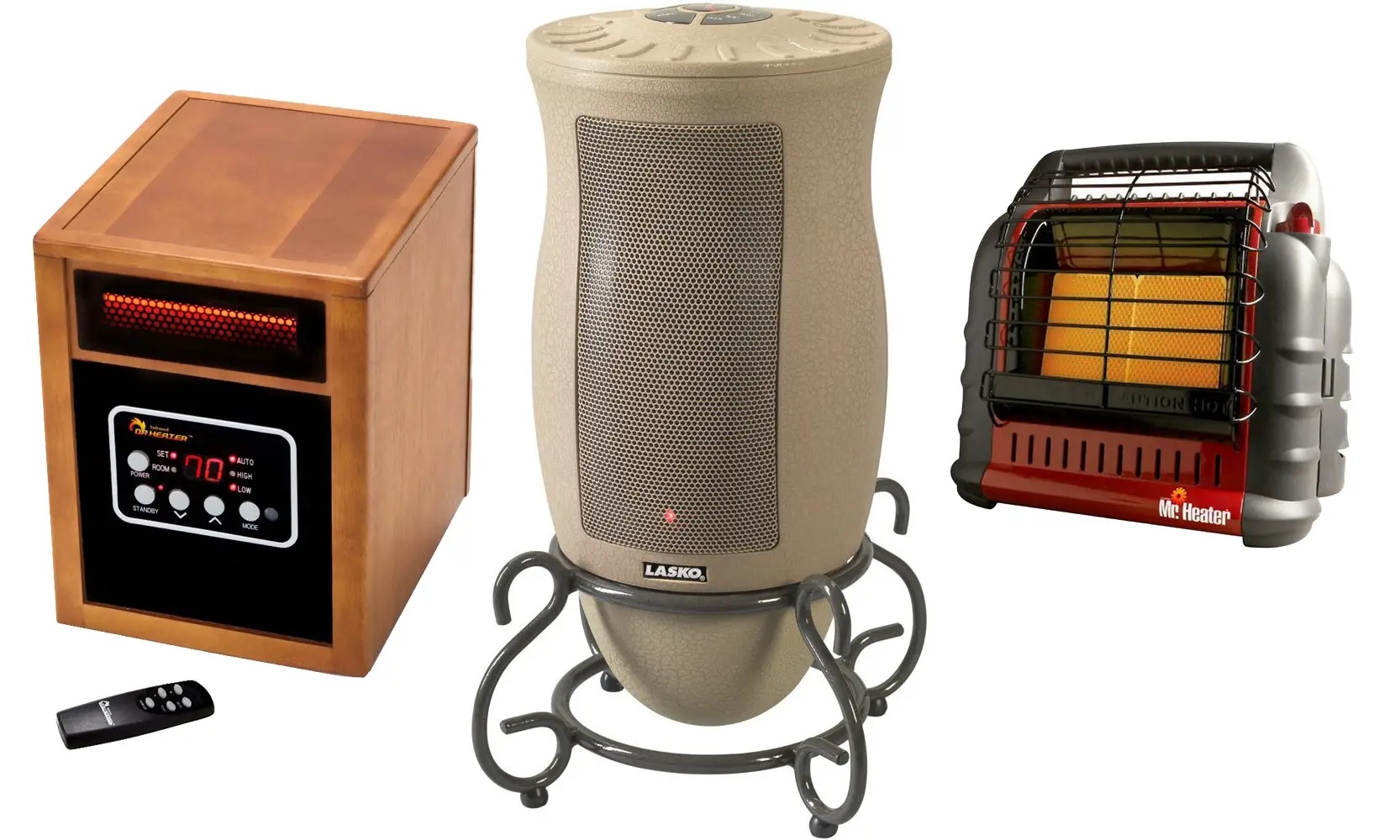
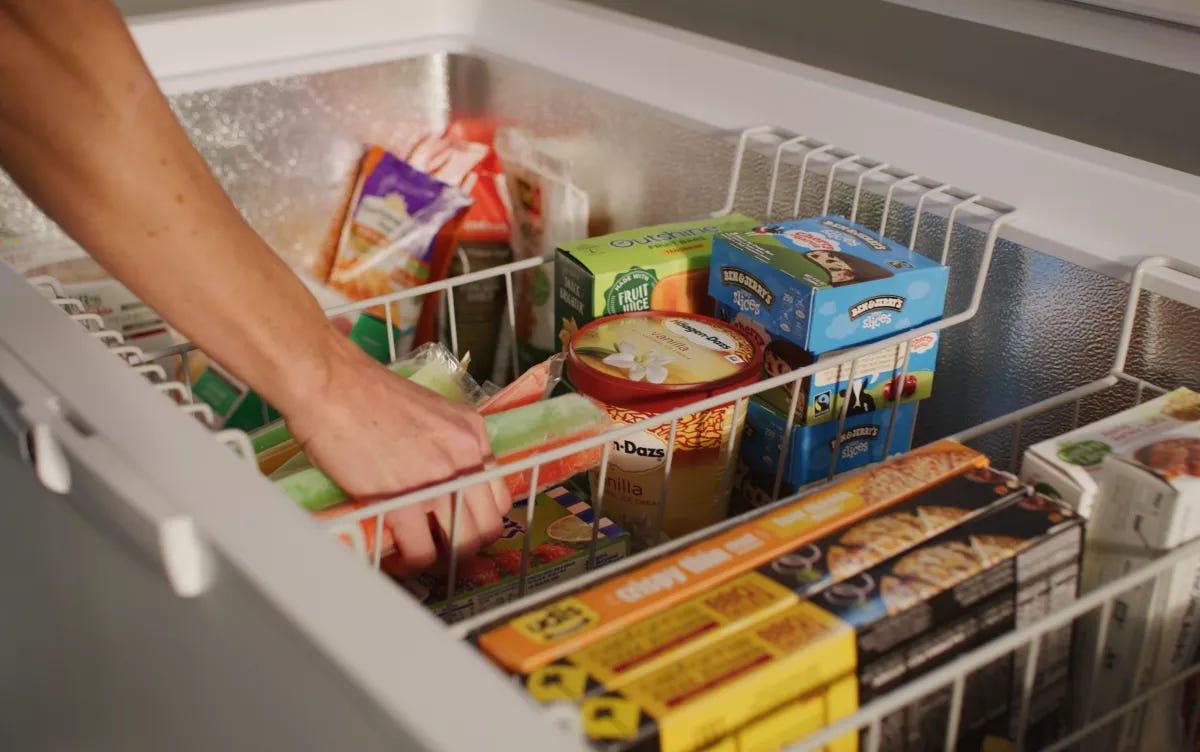
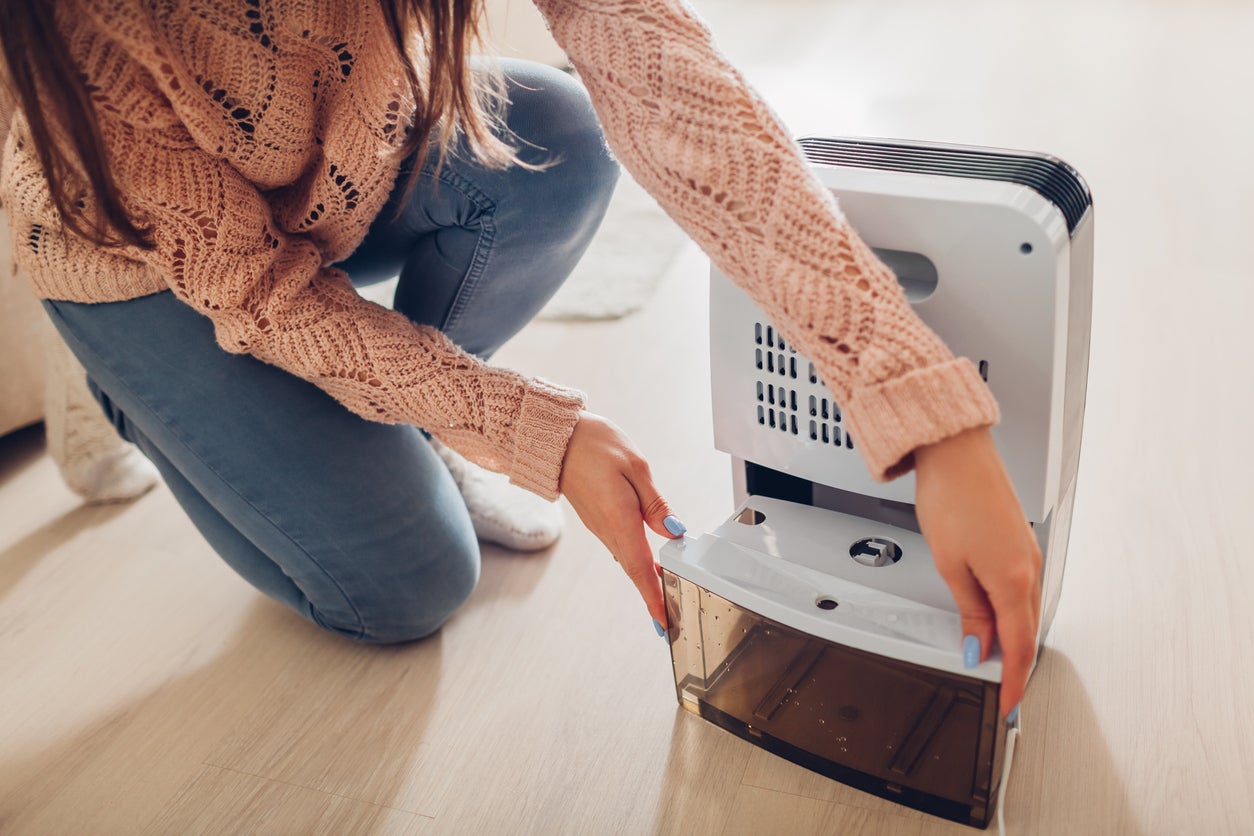
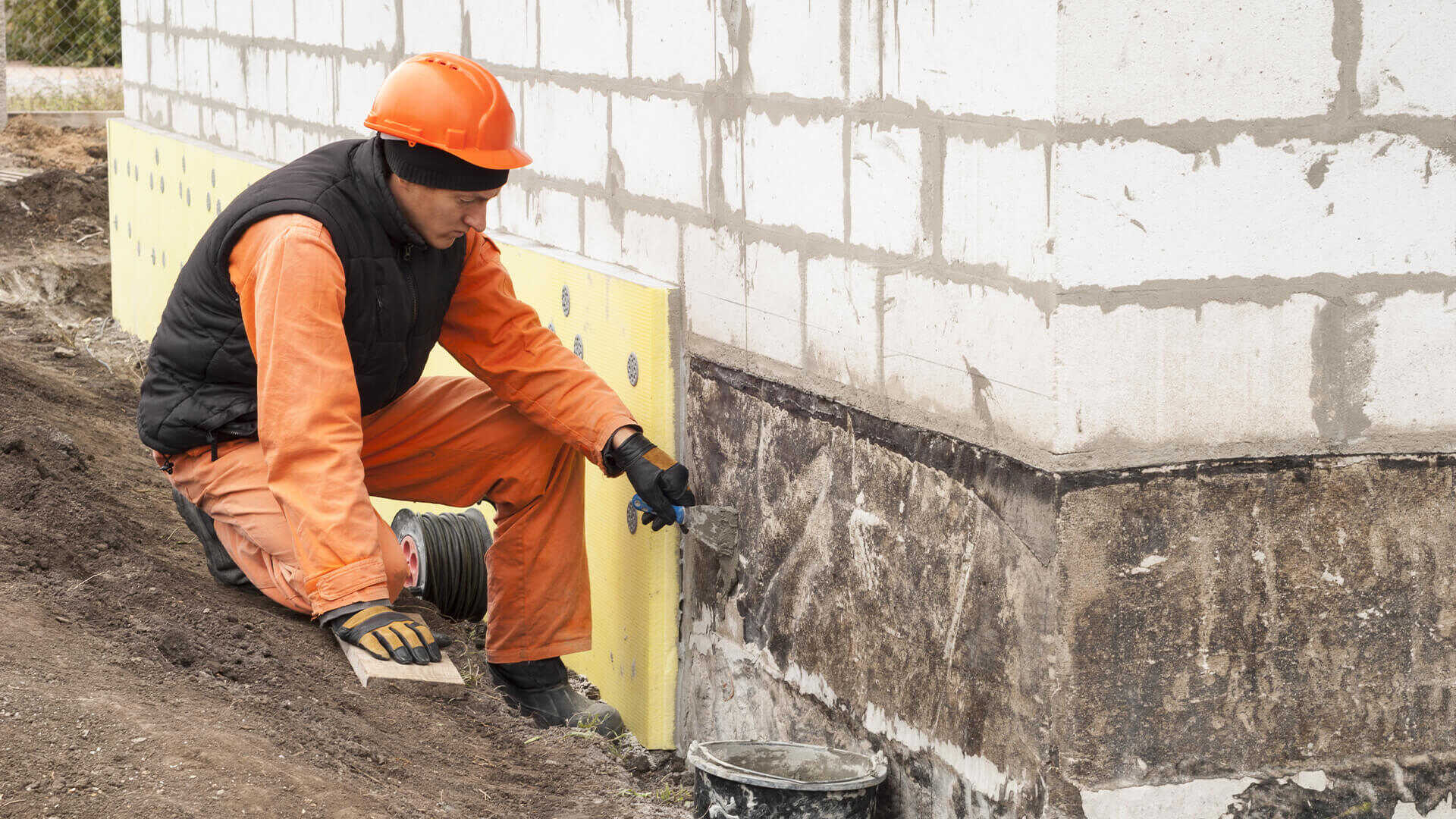
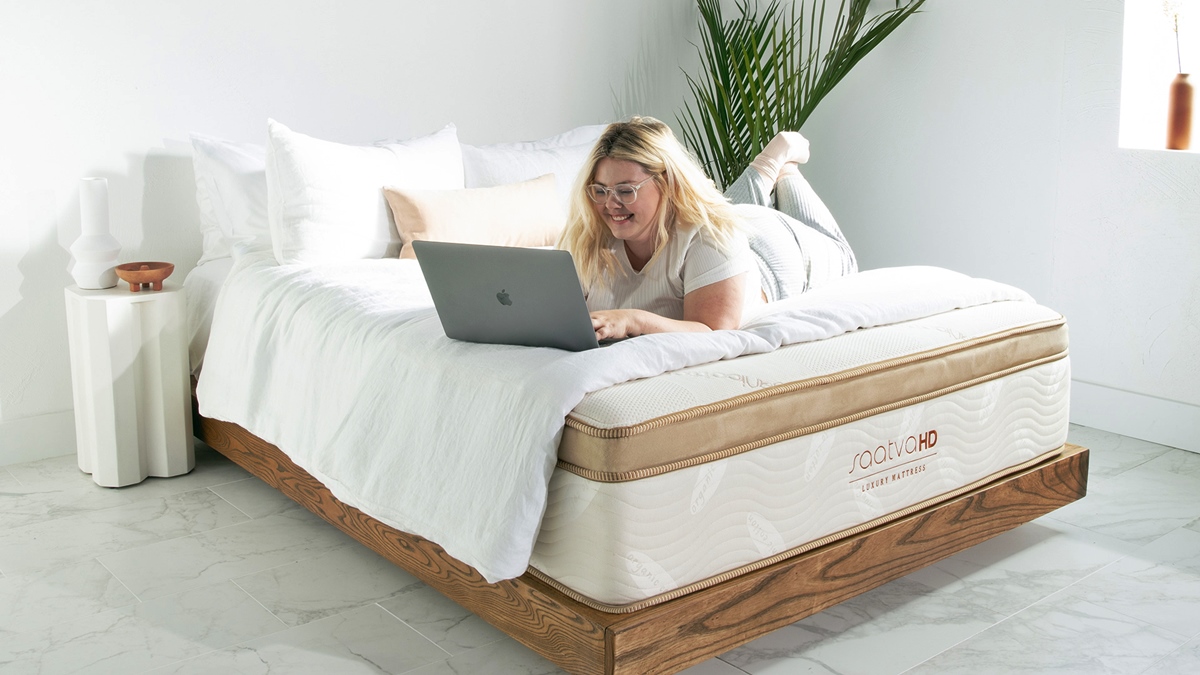
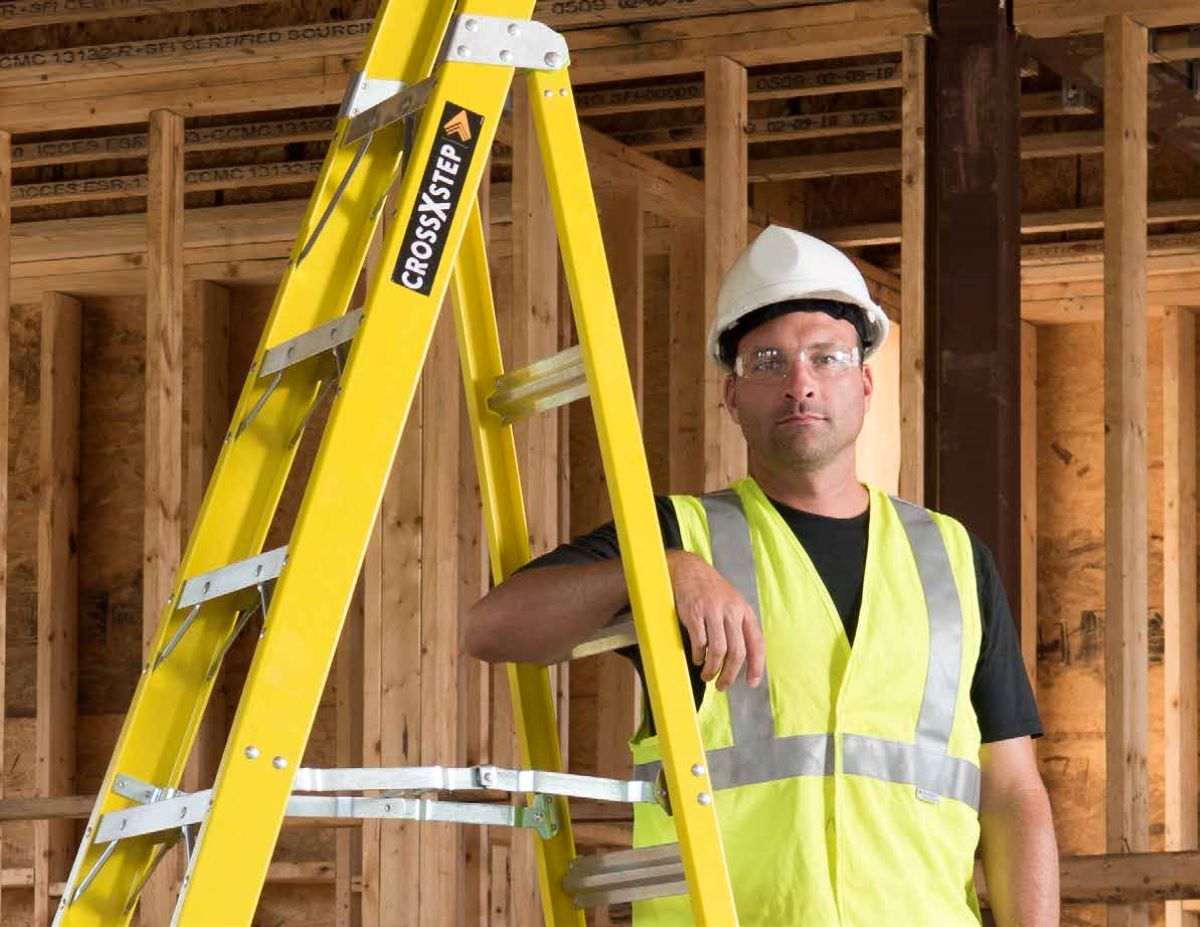
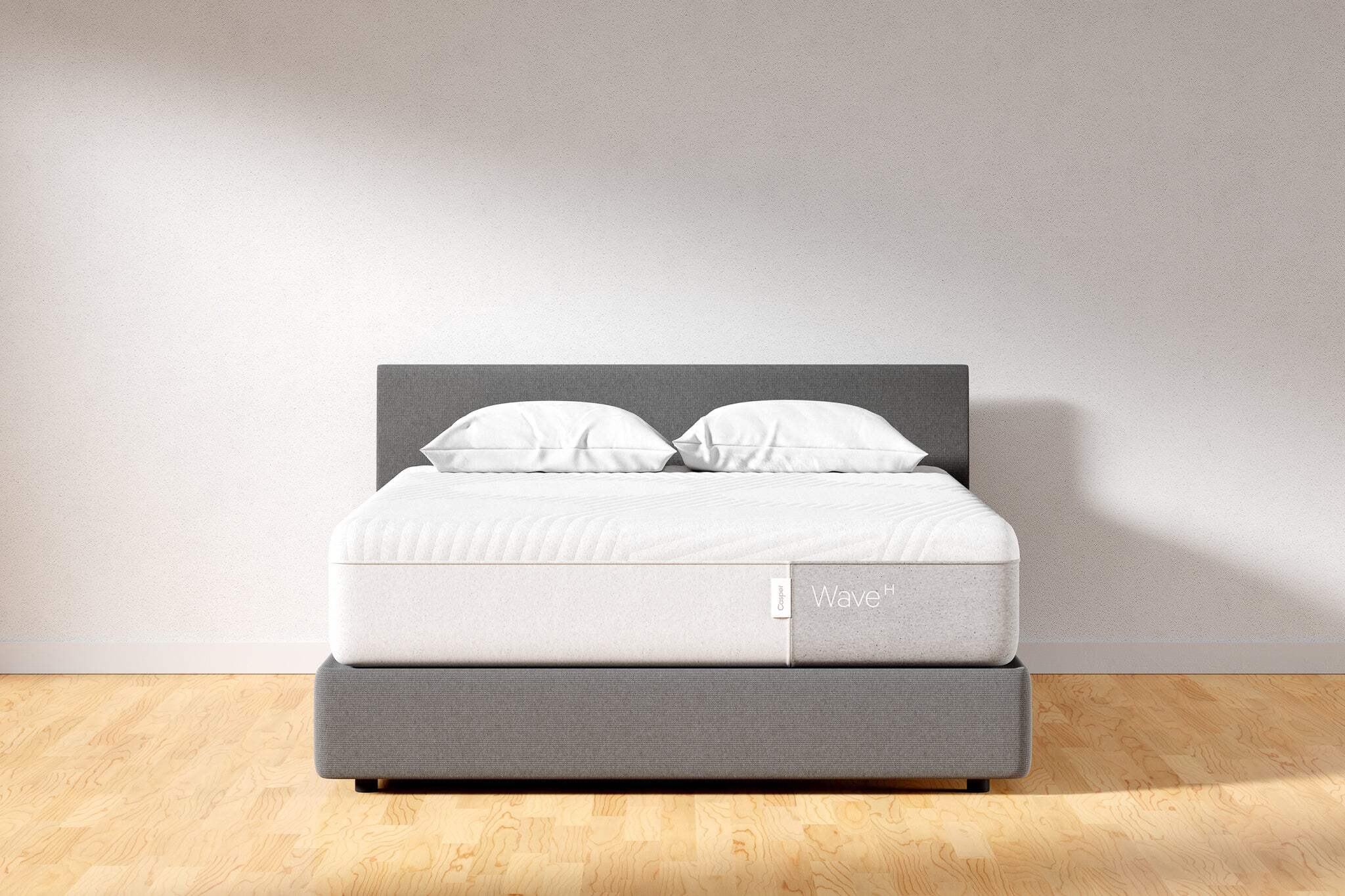
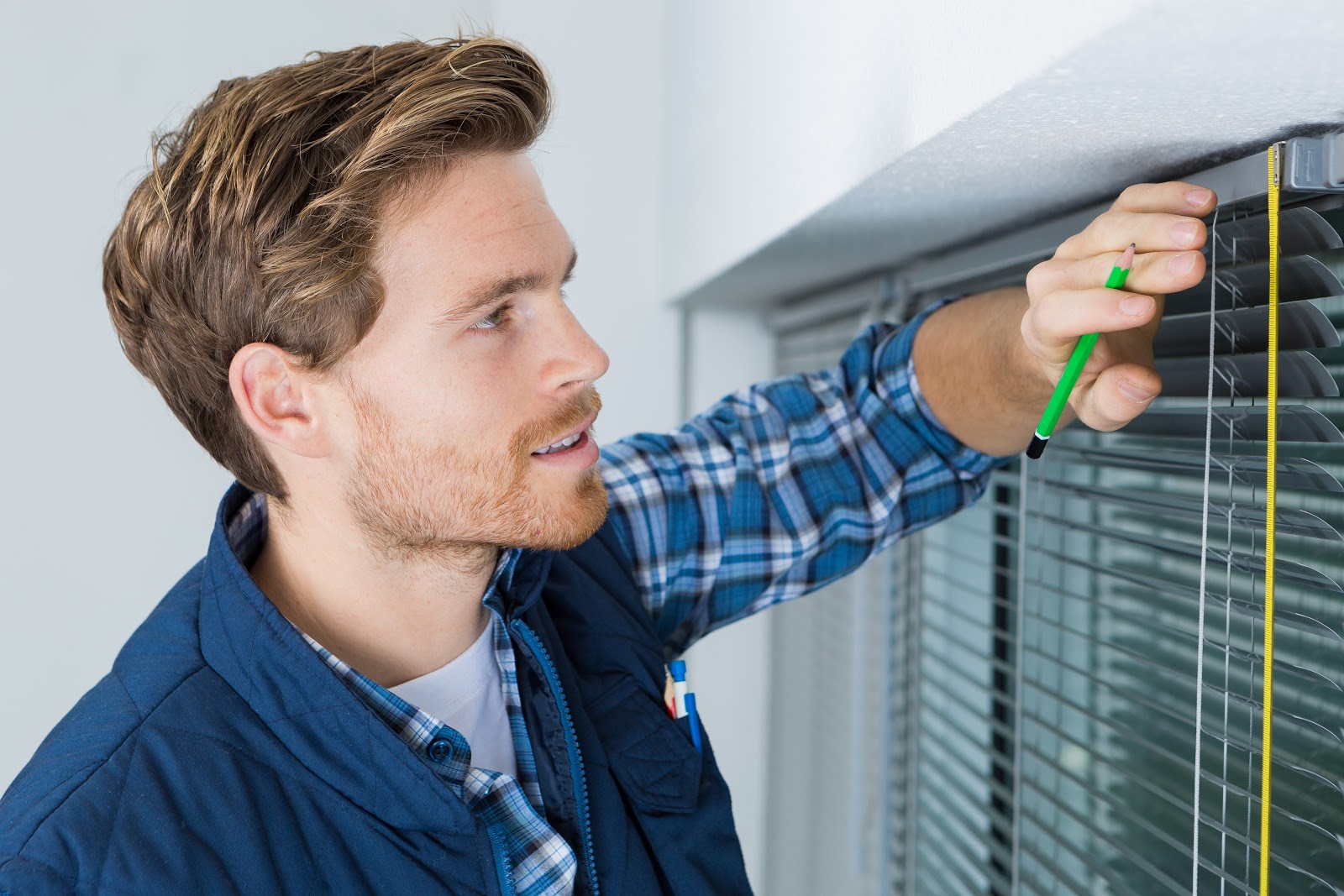
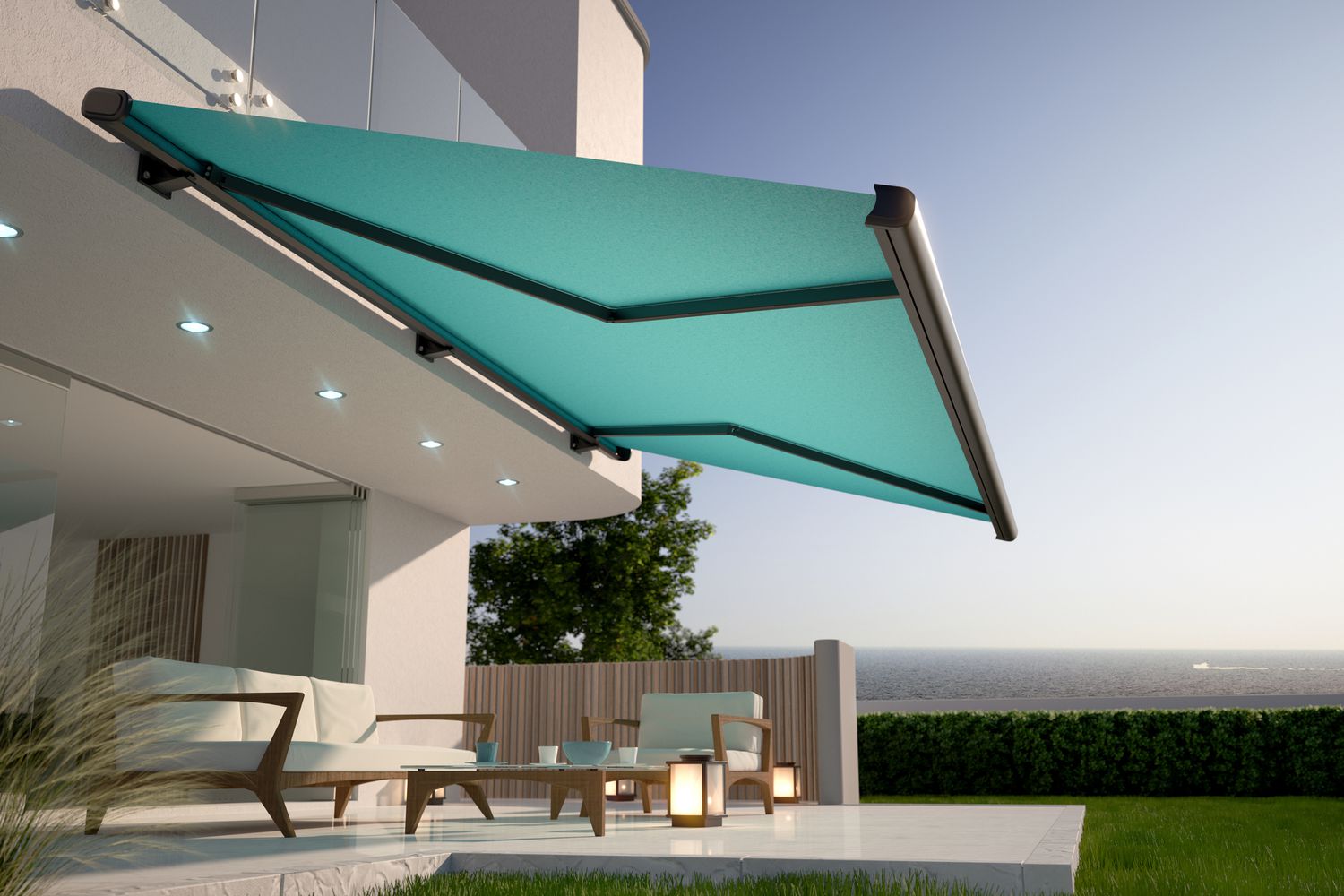


0 thoughts on “How Big Of A Dehumidifier Do I Need”